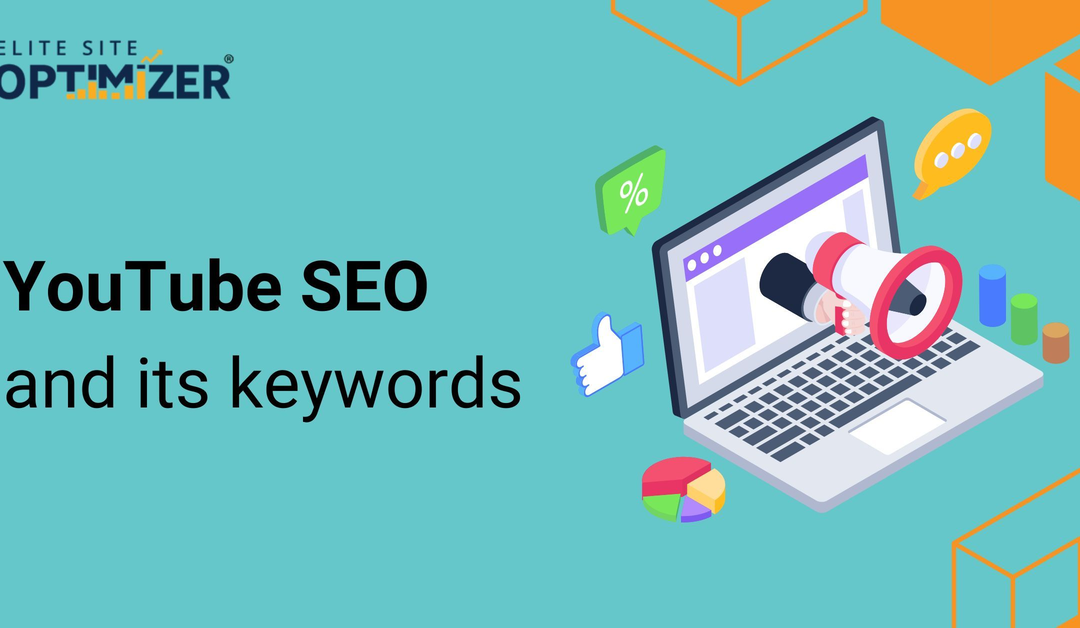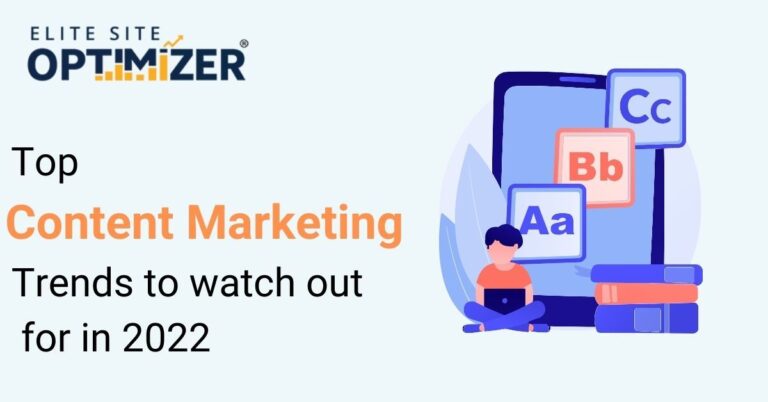According to Hyung Jin Kim, Vice President of Google, the “Google Panda algorithm” has been renamed the “Google Coati algorithm.” One of Google’s most well-known algorithms, Google Panda, is crucial for producing structured, high-quality search results. Google’s Panda algorithm is designed to rank websites with high-quality content higher in search results. Google regularly updates its algorithms to improve website quality and enhance the user experience.
What is meant by “Google Algorithm”?
Google uses a set of rules called algorithms to determine the ranking of websites in search results. These algorithms collect data from the website using advanced technologies and consider the relevance and trustworthiness of pages for visitors. Google has updated its algorithms numerous times over the years, including Florida, Austin, Brandy, Allegra, Bourbon, Gilligan, Jaguar, Big Daddy, Buffy, Dewey, Panda, and Penguin, as well as Boston, Caffeine, Cassandra, Dominique, Esmerelda, Fritz, Florida, and Caffeine.
In 2013, the Hummingbird algorithm was modified to provide more personalized results for users. The algorithms used by Google to search for websites using the keywords provided also take into account the frequency of the term on the website and various other factors when rating each website.
The algorithms used by Google to look for websites using the keywords you provide carry out this task. Then, in addition to how frequently the term occurs on the website, each website is rated according to a number of factors. The most relevant links to your search phrases ought to only show up on the Google search engine results page, according to theory. This is due to the quicker presentation of top-level hierarchy pages.
All about Google Panda Algorithm
The website’s data is collected by Google’s advanced technologies. Google has altered its algorithm several times throughout the years. These include Florida, Austin, Brandy, Allegra, Bourbon, Gilligan, Jaguar, Big Daddy, Buffy, Dewey, Panda, and Penguin.
They also include Boston, Caffeine, Cassandra, Dominique, Esmerelda, Fritz, Florida, and Caffeine. The Hummingbird algorithm had a big modification in 2013 to provide users with more personalized results.
The algorithms used by Google to look for websites using the keywords you provide carry out this task. Then, in addition to how frequently the term occurs on the website, each website is rated according to a number of factors. The most relevant links to your search phrases ought to only show up on the Google search engine results page, according to theory. This is due to the quicker presentation of top-level hierarchy pages.
To provide high-quality content that meets both Google and the market’s standards, it is important to consider various user profiles and client lifecycle stages. To ensure optimal performance and user experience, it is advisable to regularly visit the website and pay attention to the ad ratio, as excessive ads can reduce engagement and increase loading times.
Read also:-Bing Webmaster Tools-The Complete Step-By-Step Guide
Emerging Coati algorithm from Google
The Coati algorithm, named after animal coati with black and white markings on their bodies, allows users to describe Google products and services using common phrases based on its naming convention.
For instance, we began referring to the Android operating system as a “wonderful dessert.” Because of this, Google likes to refer to its ranking criteria as “panda species,” and in the previous edition, it selected the coati, a mammal that resembles a panda.
Google did not, however, make any specific mention of modifications to the algorithmic foundation. Pandas were “integrated,” according to Hyung-Jin Kim, into his algorithm for more comprehensive basic rankings. The Google VP went on to explain that Coati and Panda are crucial elements of the ranking engine and support several functionalities.
Google’s Coati algorithm is a machine learning algorithm that was developed to improve the accuracy of Google’s search results. The algorithm was introduced in 2018 as part of Google’s efforts to improve the quality of its search results and provide users with more relevant and useful information.
One of the main features of Coati is its ability to understand the context and meaning of words and phrases in a search query. This allows the algorithm to better understand the intent behind a search and provide more accurate results. For example, if someone searches for “pizza delivery,” Coati will understand that the person is looking for a service that delivers pizza and will provide results for pizza delivery companies or restaurants that offer delivery.
In addition to understanding the meaning of words and phrases, Coati is also able to understand the relationships between different words and concepts. This allows the algorithm to provide results related to the search query, even if they don’t contain the exact words searched for.
Another important feature of Coati is its ability to understand the importance of different websites and pages. The algorithm uses various signals, such as the number of external links pointing to a page and the quality of the content on the page, to determine the website’s or page’s importance. This allows Coati to prioritize results from more authoritative and trustworthy sources.
Conclusion
Kim described the Google Coati algorithm at an SMX Next 2022 discussion with Barry Swartz. This algorithm, also known as Panda 2.0 or the replacement for Panda, is officially called the Coati Optimization Algorithm (COA). Its purpose is to determine which websites have high-quality, unique content that meets Google search queries. This is a standard aspect of search engine optimization (SEO), but the Coati algorithm seems to have received little attention until now.






